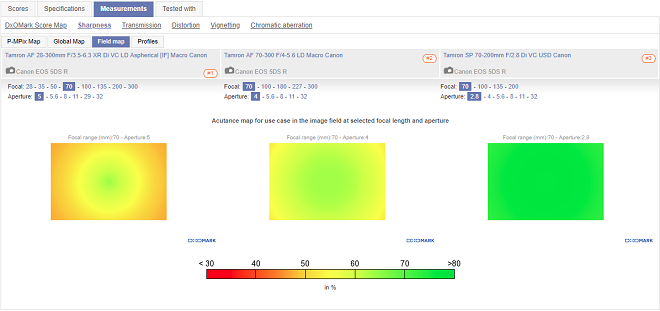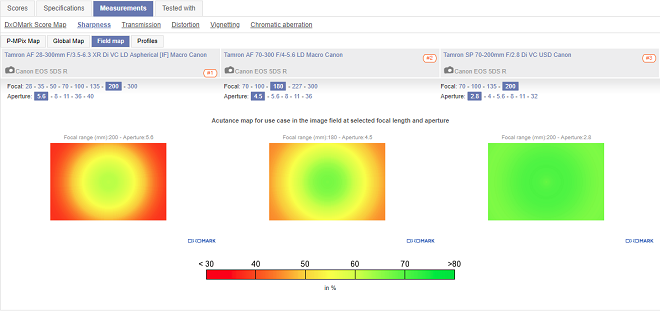There's a reason no one makes a 24-200mm FF lens. Several, in fact.
- The main one is that not many photographers who know what they are doing would ever consider buying such a lens for a 20MP FF camera such as your EOS 6D.
- To get anywhere approaching a constant, usable aperture the lens would be very heavy and large.
- Such a lens would be very expensive to produce at any level of decent image quality.
- Lenses with smaller zoom ratios can be smaller, lighter, cheaper, faster, and produce higher image quality than a larger, heavier, more expensive, slower lens with inferior image quality.
The entire point of an interchangeable lens system camera is to allow you to use different lenses that are better or even great at one thing but unsuitable for other things. Fixed lens cameras force you to use a single lens that is mediocre or worse at a lot of things but better at nothing. Insisting on using a single lens for everything on an interchangeable lens camera is not much different than using a fixed lens camera. In some cases the fixed lens camera may meet your needs better than an ILC with only one lens.
The best lenses are all prime lenses. That means a single focal length. No.Zoom.At.All. They're really good when they provide the field of view and other characteristics you need. This is because they can be optimized to do one thing at one focal length. A good flat field 100mm macro lens is different from a good 85mm, 105mm, or 135mm portrait lens. But they are not very flexible, so you need a lot of them for various different things. Some are pretty good for not much money (e.g. EF 50mm f/1.8 STM @ $120). Others are incredibly good for a boatload of cash (e.g. EF 400mm f/2.8 L IS II @ $10K). Most fall somewhere in between.
Compared to their zoom lens counterparts, in addition to equal or better optical quality at a lower price prime lenses can also be smaller/lighter, have wider maximum apertures, and often still be much cheaper.
Short ratio zoom lenses, that is zoom lenses with a less than 3X difference between their longest and shortest focal length, can also be very good. But the best ones cost a lot.
When you move outside of the 3x limit is when image quality really starts to noticeably go down. Some 4-5X zoom lenses that fall entirely in the telephoto range can be pretty good. But when you start trying to design a lens that goes from wide angle to telephoto and covers a 5X-10X or more zoom range, that is when it really starts getting difficult to keep it affordable and manageable with regard to size and weight and still provide excellent image quality. You'll usually get better image quality and spend less buying something like an 18-55mm and a 55-250mm pair of zoom lenses than you would get with an 18-200mm 'all-in-one'.
From the question:
I was originally looking at the Tamron 18-400mm, but the images don't seem to be very sharp (as would be expected of a lens with that much range).
The Tamron 18-400mm f/3.5-6.3 Di II VC is an APS-C only lens. It wouldn't work on your full frame 6D.
The Tamron AF 28-300mm f/3.5-6.3 XR Di VC is a FF lens, but it can't even keep up with the lowly AF 70-300mm f/4-5.6 at their common focal lengths, much less the Tamron SP 70-200mm f/2.8 Di VC (which is the older version of the current SP 70-200mm f/2.8 Di VC G2).

At f/5.0 the 28-300 is not as sharp as the 70-300 at f/4 and the 70-200 blows both away at f/2.8!

At 200mm it's even worse at f/5.6 than the 70-300mm at 180mm and f/4.5 and the 70-200mm again is much better even wide open at f/2.8!
In Tamron nomenclature, SP lenses are considered their premium line. Di II lenses are APS-C only, Di lenses are FF, and VC is Vibration compensation. You might be able to find a new copy of the SP 70-200mm f/2.8 Di VC just within your stated budget. Be aware there is also an even older Tamron 70-200mm f/2.8 Di Macro lens model that is not as good as the SP 70-200mm f/2.8 Di VC.
I'd like something that performs excellent from around 100mm to 200mm, and can take crappy photos from 30mm to 100mm if I need to).
And from a comment by the OP:
Everything I've found is either a normal telephoto lens, or has a high range and "okay" quality throughout the entire range. I'm trying to see if there's anything with great quality at the upper end (like 200mm), but can also shoot at like 30mm with not-terrible quality
That's not the way lens designers think. It's also not the way corporate managers plan products. The goal of most zoom lens design projects is to give a lens the same level of acceptable image quality, whatever acceptable is defined as for that particular lens, over as much of the lens' zoom range as possible.
It's not the way lens design works out, either. Most zoom lenses, particularly wide angle zooms, are, in fact, better at the short end than at the longest focal length. Most consumer grade telephoto lenses, such the currently popular crop of 150-600mm lenses, are also better at the wider end their performance tends to fade at the longer focal lengths.
A few other related questions here at Photography at Stack Exchange:
70-200mm lens or 18-200mm lens for small studio like 25 feet?
How do I choose a lens for my first DSLR to replicate the capabilities of my bridge camera?
24-200MM lens for Nikon D850?
How is the quality of the Sigma 18-300 DC Macro lens?
Which Lens Should I Use For A Single Lens Solution On Sony a6500?
